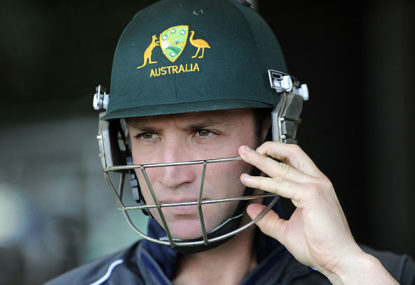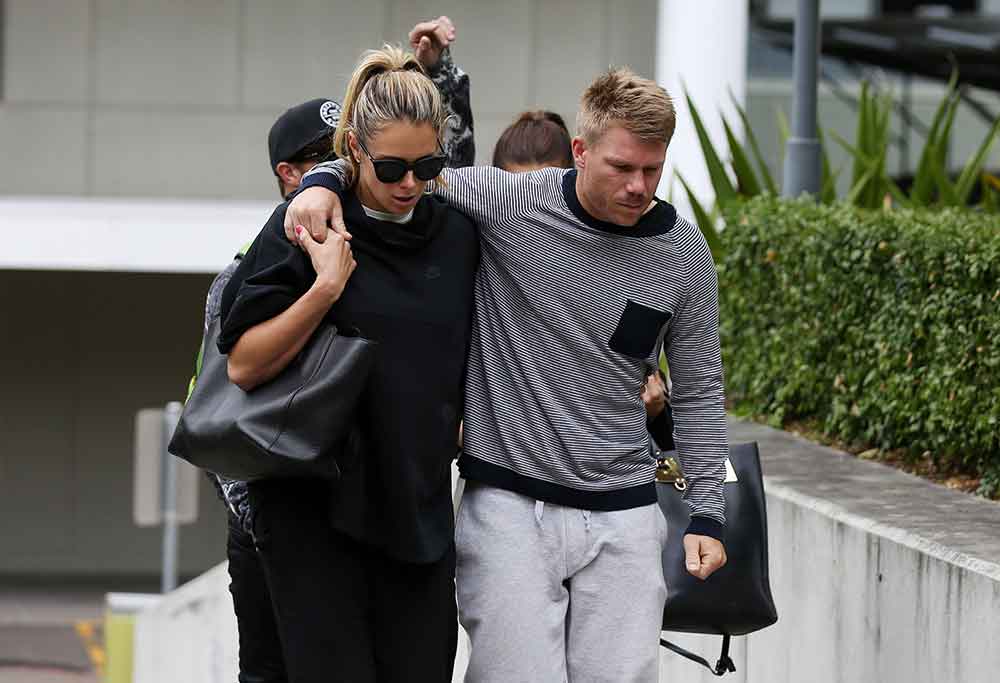'Can you believe it?': JFM clubs 19-ball 50, falls to the rankest Ashwin full bunger
It was a journey for Fraser-McGurk, copping one in the unmentionables, smashing a 19-ball 50, then falling to an ugly full-toss from Ashwin.

When it was announced the findings of the Phillip Hughes inquiry would be released on the second day of the opening Test of Australia’s summer of cricket, one couldn’t help but feel uneasy.
Would it result in another gut-wrenching, divisive moment for Australian cricket? Given the way the inquest itself went, it seemed a likely outcome.
I wrote in the early days of the inquest that it was nothing more than a necessary evil.
That’s not to say what happened wasn’t understandable. No-one can question the right of the Hughes family to seek closure after the tragedy which was so cruelly forced upon them, and I certainly don’t blame them for trying to find someone to point the finger at.
But there is just as little doubt the inquest was the wrong platform for that. They are not held – ever – to adjudicate blame, and the Hughes inquest was no different. Its purpose was to “expose the facts of the matter, with a focus on considering any steps that might be taken to prevent similar deaths occurring, or to protect cricketers from such risks, in the future.”
A worthwhile aim? No doubt, but it was obscured and distorted by one passage, one phrase: nature of play.
That Magistrate Michael Barnes was asked to examine “The manner of Phillip Hughes’ death, including… the nature of the play in the afternoon of 25 November 2014 at the Sydney Cricket Ground and whether that in any way exacerbated the risk of injury to Phillip Hughes…” allowed a series of relatively fresh wounds to be torn open less than two years after that horrible day.
Doug Bollinger was accused of saying “I’m going to kill you” to Hughes and his batting partner Tom Cooper. Differing opinions of the Blues’ tactics were exchanged, with some saying there was a deliberate ploy to bowl short at Hughes and others disagreeing.
How that was going to help reduce the risk for future cricketers, I still don’t know.

Magistrate Barnes came to a well-considered and sensible conclusion when he released his findings on Friday morning: what happened to Hughes was a terrible accident in a dangerous game, but nothing more.
His musings on sledging noted that it is, essentially, a blight on the game. He made recommendations to clear up certain ambiguities about the laws of the game related to bouncers and dangerous bowling. Cricket Australia have said they will review this.
In these note, Barnes made one an important point.
“A minuscule misjudgement or a slight error of execution caused him [Hughes] to miss the ball which crashed into his neck with fatal consequences… There was no suggestion the ball was bowled with malicious intent. Neither the bowler nor anyone else was to blame for the tragic outcome.”
It’s what most critics argued when the inquest was in progress; that cricket is a dangerous game and there is the potential for accidents to happen. Most fans know that. Phil Hughes would have certainly know that.
As bad as Sean Abbott’s nine consecutive bouncers look in hindsight, as distasteful as the sledging which Australian cricket is renowned for now seems, as terrible as Hughes’ death was, we must – must – remember it was an accident.
A tragic, painful, terrible accident, but an accident nonetheless.
Now that opinion has been stated as fact by the state coroner, hopefully empathy and sympathy can return, and the Hughes family can find the closure they deserve and cricket can finally move on from this tragedy.